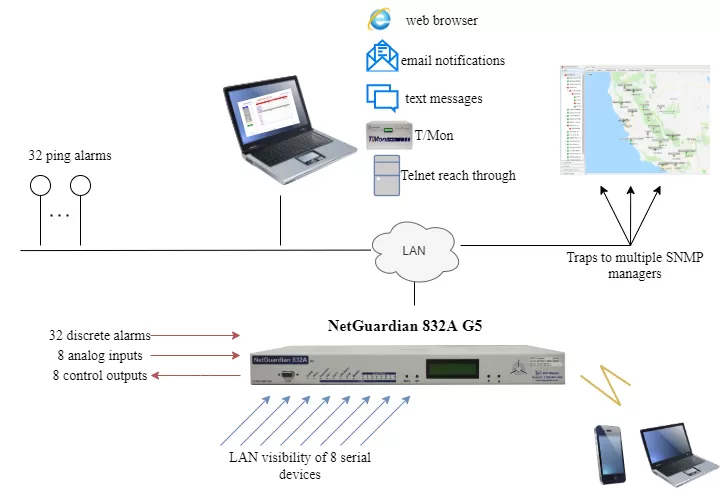Download our free Monitoring Fundamentals Tutorial.
An introduction to Monitoring Fundamentals strictly from the perspective of telecom network alarm management.
1-800-693-0351
Have a specific question? Ask our team of expert engineers and get a specific answer!
Sign up for the next DPS Factory Training!

Whether you're new to our equipment or you've used it for years, DPS factory training is the best way to get more from your monitoring.
Reserve Your Seat TodayTelemetry units are devices that remotely monitor critical network equipment and conditions. These units provide better visibility over your entire network by monitoring important equipment, data transports, and environmental conditions. Proactive network monitoring is an easy way to prevent many kinds of outages from affecting service to your customers.
These telemetry units are commonly referred to as RTUs (remote telemetry units) and are the foundation for a capable and effective remote monitoring system. These units are responsible for collecting alarms from your sites to send you notifications that help prevent downtime.

You need to look for some basic features when choosing remote telemetry units. Choosing the wrong monitoring system can come with some pretty serious consequences - you could be stuck with limited capacity, a hard-to-manage interface, or a system that just doesn't work for your network. Here are some of the most basic features:
The NetGuardian family of telemetry units has the capability of monitoring many kinds of devices and environmental conditions. These devices combine the basic features listed above with advanced features (like an intuitive web interface, detailed 24/7 notifications, etc.) for a robust and effective monitoring system.
NetGuardian remote telemetry units are a vast improvement over other devices. Some examples of our telemetry devices are:
Related Topic: Telemetry Sensors